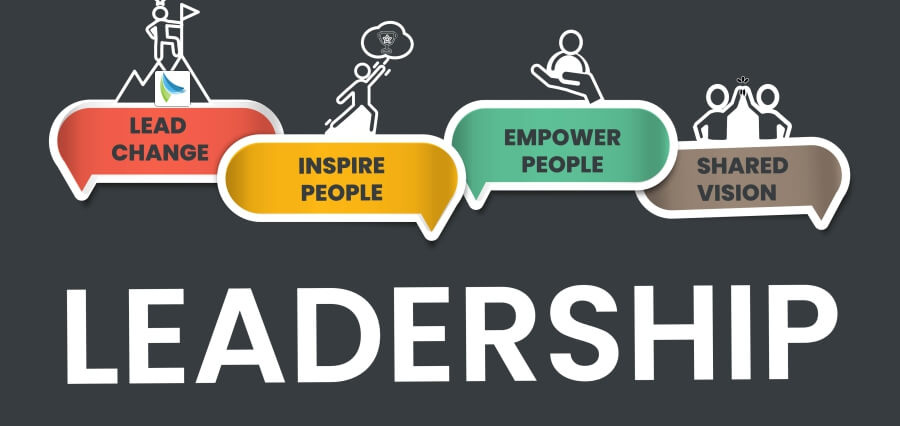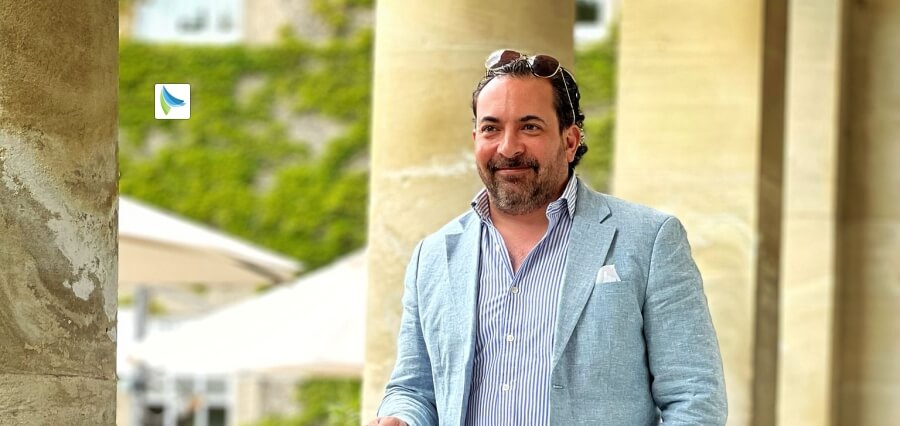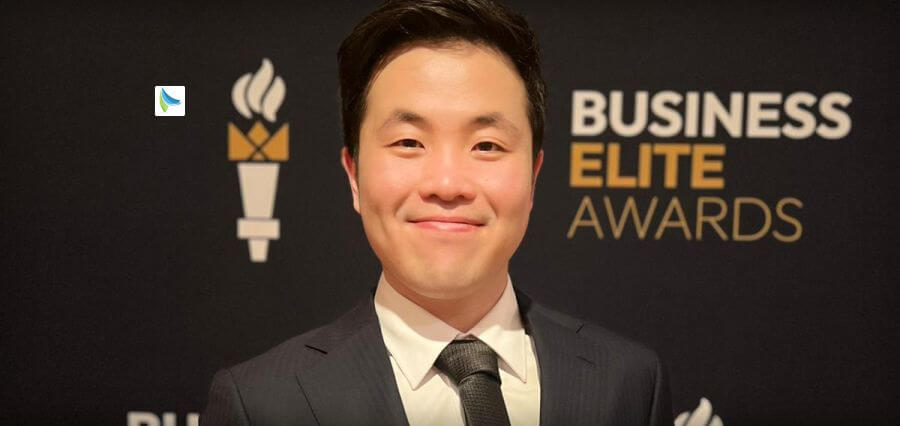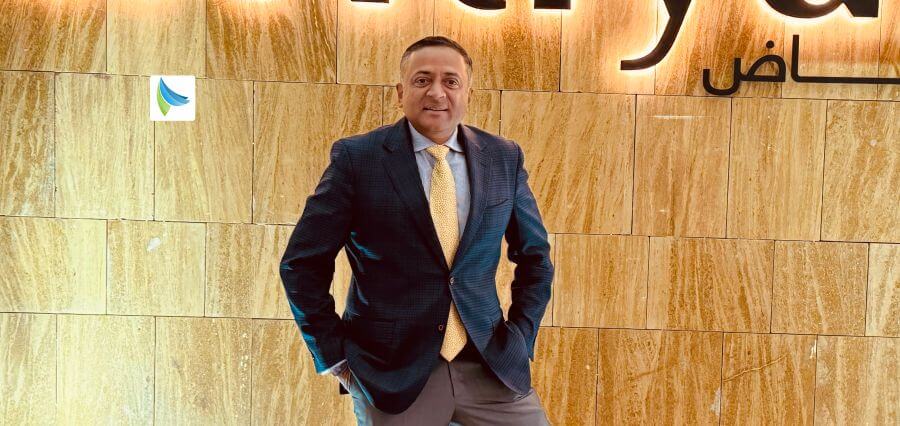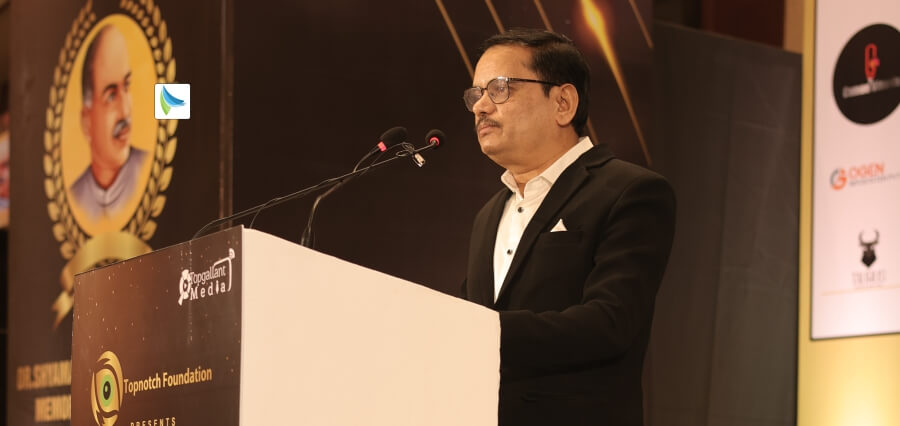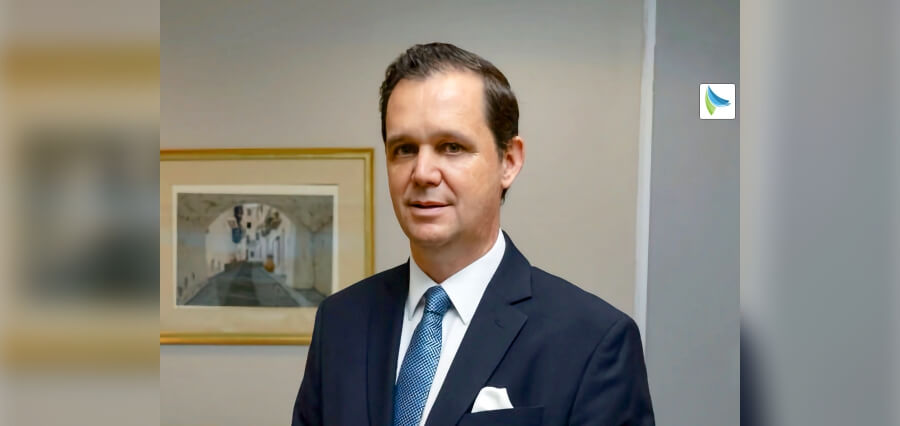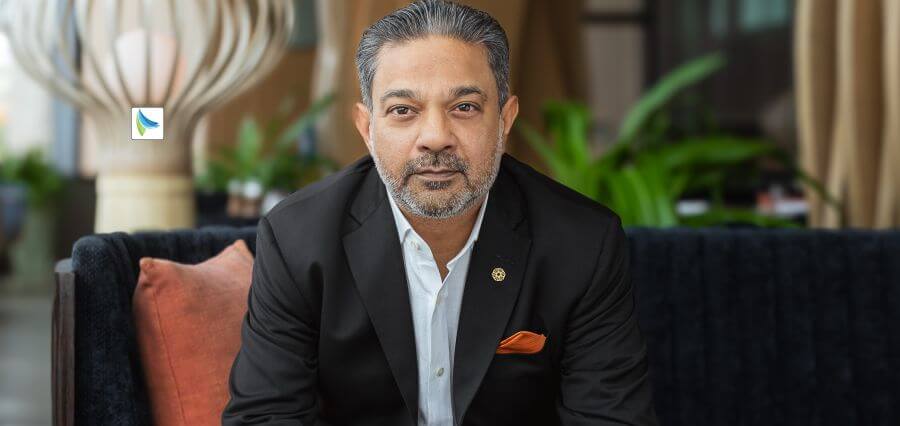Renewable energy and more efficient power solutions is the future, as Robert Hamilton understood very early in his three decade career in Power Electronics. It has been a journey reflecting a deep commitment to driving the global energy transition; a commitment that wasn’t a single epiphany, but a series of moments that made the problem visceral, the opportunity tangible, and the solutions urgent.
Pivotal Turning Points
Early systems itch: Since the 90s, Robert was fascinated by complex systems—how small changes ripple through grids, markets, and behaviour. His work on microgrids and UPS technology showed him that “clean” wasn’t just about generation; it was about orchestration.
Field work in underserved regions: A deployment in East Africa installing solar + storage for clinics showed him the transformative power of decentralised energy. Reliable light in a maternity ward is not an abstraction. That experience turned “kWh” into human outcomes.
Learning from failure: Robert worked on a carbon capture pilot that never scaled. It taught him two things: technology risk and adoption risk are different, and the best solution on paper can die in procurement.
A seasoned grid operator once told him, “If it can’t clear an interconnection queue or a rate case, it’s not innovation.” That reframed his career toward the intersection of tech, policy, and finance.
Policy milestone as a forcing function: The Paris Agreement, followed by accelerating corporate net-zero commitments, catalysed demand-side pull. Robert shifted from R&D and ideas to building bankable projects and software that reduces transaction friction. A demonstration of this is still in place today with ENWL and his invention of modular, scalable UPS and BESS solutions using unique IGBT transformerless technology.
The data and financial modeling moment: “Leading an analytics team with FFR, we uncovered that 15–20% of project value was lost to forecast error and curtailment,” he recalls. That insight moved him into forecasting, flexibility markets, and DSR orchestration—where AI and grid constraints meet.
What He Focuses On Today
*Orchestrating flexibility: Software that coordinates storage, EV fleets, and responsive loads to flatten peaks and monetise grid services.
*Bankability by design: Building solutions that pass interconnection studies, comply with evolving market rules, and pencil out bankable solutions for lenders/funders on projects.
*Measurable decarbonisation: Tying projects to high-integrity carbon metrics and avoided emissions—not just nameplate capacity. A demonstration of such a solution will be deployed in 2026. Watch this space!!
Principles That Guide Him
Robert starts with constraints: Design for interconnection queues, BESS/inverter specs, land use, and permits from day one.
He optimises for time-to-impact: Favour scalable, modular solutions with short development cycles.
He aligns incentives: Ensure value accrues to grid operators, communities, and capital providers—not just the developer.
He measures what matters: Use transparent metrics for avoided emissions and reliability benefits combined with efficiency.
Why Robert Stays Committed
Because the energy transition is the rare domain where engineering rigour, market design, and social impact converge—and where progress is measurable. Every project that hits COD, every MW of flexible load we unlock, moves the needle in a way you can see on a grid dashboard and feel in a community and monetisation.
EnSmart Power has become synonymous with excellence in energy storage and EV charging solutions. Shaping this success story, Robert’s guiding belief is that enduring innovation happens where customer reality, engineering rigour, and responsible impact intersect. He leads with a “prove it in the field” mindset: He listens obsessively to operators, builds with first‑principles discipline, and measures success by uptime, safety, and total cost of ownership—not by slide decks.
That pinpoint focus has shaped EnSmart into a team that solves real grid problems, not just ships products. “We hire for curiosity, reward candor, and run toward hard problems. If we do right by the customer and the planet, the business takes care of itself. Do the right thing, the hard way, until it’s the easy way for our customers.”
EnSmart build where physics, customer reality, and responsible impact meet. By keeping operators in the loop, engineering from first principles, and measuring success by uptime and lifecycle cost, they’ve earned trust in a critical infrastructure space. They hire curious, candid people and give them ownership. The result is reliable storage and charging solutions that scale with the grid and stand the test of time.
Core principles that shaped their energy storage and EV charging journey
– Customer-in-the-loop
– Ride‑alongs with installers and site operators inform our product roadmaps.
– Every sprint ties to a measurable customer outcome (uptime, kWh throughput, install time, grid services revenue).
– First‑principles engineering
– Start from physics and constraints, then optimise software and business models around them.
– Safety is non‑negotiable; reliability beats novelty.
– People over titles.
– Small, accountable teams with clear owners.
– Psychological safety for hard truths; blameless postmortems, ruthless follow‑through.
– Long-term stewardship.
– Design for lifecycle economics: serviceability, second‑life pathways, recycling.
– Open standards and interoperability to avoid vendor lock‑in.
– Disciplined execution.
– Fewer priorities, shipped flawlessly.
– Define “done” as validated in the field, not just passing a lab test.
– Transparency and trust.
– Share the numbers—good and bad—with customers and partners.
– Commit carefully, deliver consistently.
How this philosophy shows up in decisions:
– Prioritised modular battery architecture so sites can scale without ripping and replacing.
– Invested in predictive maintenance to cut truck rolls and increase charger uptime.
– Choose the correct OCPP/open protocols for EV charging to protect customer choice.
– Built commissioning tools that reduce install times and errors for field teams.
– Structured warranties around real-world duty cycles instead of marketing claims. “We put our money where our mouth is with warranties up to 20 years.”
Robert’s focus on energy independence grew from a simple insight: energy is the backbone of every enterprise. When a business can reliably access affordable, clean energy, it unlocks planning certainty, competitiveness, and resilience.
– He’s seen how supply disruptions, price volatility, and complex energy regulations can drain resources and distract leadership from core strategy. This motivates him to pursue solutions that give businesses control over their energy future.
Energy Independence Matters
– Reliability and Resilience: Decoupling from centralised energy risks reduces exposure to outages, fuel price swings, and policy shifts.
– Cost Certainty: On-site or localised clean energy, paired with storage and smart management, can stabilise long-term operating costs.
– Strategic Advantage: Companies with energy autonomy can innovate faster, pursue sustainable growth, and deliver predictable products and services.
– Environmental Stewardship: Independence often translates into cleaner, renewable sources, aligning business goals with a broader societal good and regulatory trends.
How It Reflects His Larger Purpose
– Systemic Transformation: Energy independence is a tangible lever for accelerating the transition to a low-carbon economy. By helping businesses gain control, I’m advancing a scalable model that can be replicated across industries.
– Democratising Access: He aims to democratise energy security—move it from a few who own the grid to many who can generate, store, and manage their own power responsibly.
– Leadership by Enablement: Instead of prescribing a single technology, he emphasises an integrated approach—renewables, storage, demand management, and digital optimisation—so companies can choose solutions that fit their unique contexts.
– Long-Term Purpose: This work aligns with a broader mission to shift organisational culture toward proactive sustainability, resilience, and shared value for customers, employees, investors, and communities.
Practical Ways Hamilton Puts This into Practice
– Look for repeatable, scalable models that couple on-site generation with storage and intelligent energy management.
– Prioritise reliability and cost predictability in every project, with transparent risk assessments and phased rollouts.
– Partner across sectors to create ecosystems where technology, policy, and finance align to reduce barriers to adoption.
– Measure impact not only by ROI but also by resilience metrics, emissions reductions, and community benefits.
Concise Takeaway
Energy independence is both a strategic business advantage and a catalyst for broader sustainability. It embodies his leadership conviction that the best way to accelerate the renewable energy movement is to empower organisations to own and optimise their energy futures—consistently, reliably, and responsibly.
Robert believes that collaboration often plays a key role in industry breakthroughs. There are a number of partnerships he is working on today, from new battery technology with Austin Motor cars to a unique project with LO-EV, which embodies his pioneering vision for sustainability and aims to get the public into vehicles at the lowest cost in Europe.
Every leader faces moments of challenge that test their conviction. In Robert’s case, a huge test was several years ago. He sold an existing business and IP to another company, which ended up not paying in full for the contract and used Hamilton’s ideas to scale up their own business and introduce his visions, which enabled them to create a new business unit. Obviously, it was always doomed for slow growth without him at the helm. To bounce back from this with better vision and higher growth is a testament to his resilience.
Inspiring teams to align daily work with a bold, purposive mission like redefining energy innovation requires a clear, repeatable approach that connects strategy to everyday action, and that is Hamilton’s mission.
1) He clarifies and cascades the mission-
– Articulates it in concrete terms. What does “redefining energy innovation” mean for customers, for the market, and for the company’s differentiators?
– Translates into 3–5 strategic pillars. E.g., breakthrough technologies, scalable deployment, policy and partnerships, and customer-centric energy solutions.
– Cascade to every level. Each team should have 1–2 objectives that directly map to a pillar and a measurable outcome.
2) Translate strategy into daily work
– Create a mission-to-work map. For each department, outline 3–5 daily/weekly activities that contribute to the mission.
3) Leads with purpose-driven leadership
– Hamilton models the mission in decision-making. He is sharing how he weighed a tough choice against the mission pillars.
– He tells mission stories. He does this by regularly spotlighting examples where teams solved problems in ways that moved the mission forward.
– He empowers autonomy with guardrails. *He gives teams freedom to experiment within clear ethical, safety, and commercial boundaries.
3) Make impact visible
– Ensuring routine wins are reported. Sharing weekly case studies of how a team’s work moved the mission forward.
– Public commitment cadence. Sharing quarterly updates to the company (and key external stakeholders), highlighting progress and upcoming bets.
4) Aligning recognition and incentives
– He ties incentives to mission outcomes by including mission-aligned metrics in performance reviews and bonus criteria where appropriate.
– Robert certainly celebrates hero stories by recognising individuals and teams who demonstrated exceptional alignment and impact.
– Encourages peer acknowledgement by creating forums for colleagues to nominate peers who exemplify mission-driven work. However, in small teams it can be challenging!
5) Foster cross-functional collaboration
– Forms cross-functional teams focused on key mission pillars with rotating members to share knowledge.
– Regular alignment rituals. By using this cross-team sync, Robert ensures dependencies are managed and the mission remains the shared North Star.
– Shared language. Standardise terminology around the mission to reduce ambiguity.
6) Hamilton personally builds a culture of learning and experimentation
– He has created a safe-to-fail framework and encourages experimentation with rapid learning loops and clear stop-loss criteria.
– Continuous improvement rituals. He stimulates after-action reviews (AARs) focused on alignment with the mission, not just outcomes, with the COO.
– Invests in capability development. Training in areas like systems thinking, energy market dynamics, and customer discovery.
7) Engages customers and ecosystems
– Co-creates with customers. Involves them in problem-framing and solution validation to ensure your innovations truly redefine their energy use.
– Partners strategically. Builds alliances with regulators, utilities, technology providers, and startups to accelerate impact.
– Learns and acknowledges “what did we learn that confirms or challenges our mission?”
– What’s the most important next action to push the mission forward?
– Publish a monthly company-wide “Impact Spotlight” with stories, metrics, and upcoming projects.
Message for Young Leaders in Renewable Energy and Clean Tech
Robert’s message to young leaders and innovators who aspire to make an impact in renewable energy and clean technology is pragmatic. “You stand at a pivotal moment in history. The energy systems that power our lives—electricity, transportation, industry—are undergoing a transformation. Your generation has the ideas, courage, and collaboration to accelerate a just, prosperous, and sustainable future. Here’s how to lead with purpose and impact:”
1) Start with a Big Purpose, Then Build It with Real Projects
– Define the problem you’re solving in human terms (health impacts, climate resilience, energy access, cost reductions).
– Pair your vision with a concrete project or prototype, even if it’s small. Real-world experiments teach faster than theory alone.
– Measure progress with clear metrics: emissions avoided, energy access expanded, jobs created, cost per kilowatt-hour, or reliability gains.
2) Embrace Interdisciplinary Collaboration
– Renewable energy is a team sport. Engineers, policy makers, economists, designers, data scientists, community organisers, and entrepreneurs must work together.
– Seek diverse perspectives early. Build coalitions with universities, startups, NGOs, industry, and local communities.
– Communicate across disciplines using plain language, storytelling, and visuals that resonate with non-technical audiences.
3) Focus on Systems Thinking and Equity
– Energy is a system: generation, storage, grid integration, policy, finance, and user behaviour all interact.
– Think about the end-to-end value chain: manufacturing footprints, lifecycle emissions, and recycling or disposal.
– Prioritise equitable access. Design solutions that reach underserved communities and create local opportunities.
4) Ground Innovation in Evidence and Ethics
– Validate ideas with data, pilots, and rigorous testing. Be willing to pivot when evidence says so.
– Maintain transparency about limitations, uncertainties, and potential trade-offs.
– Build solutions that are safe, reliable, and aligned with public interest.
5) Build Resilient, Scalable Impact
– Iterate quickly, but think long-term. Favour modular, upgradable technologies and business models.
– Consider the business case early: energy storage, demand response, and grid services can unlock new revenue streams.
– Plan for scale from day one: regulatory readiness, supply chain resilience, and local capacity development.
6) Be Bold in Navigation and Leadership
– Don’t wait for perfect conditions to start. Progress often comes from principled risk-taking.
– Lead with empathy, integrity, and humility. Mentor others and build inclusive teams.
– Use your voice to advocate for clear policies, fair financing, and responsible innovation.
7) Learn Continuously and Share Widely
– Stay curious about physics, markets, policy, and user behaviour. Attend conferences, read broadly, and test ideas with communities.
– Share lessons learned—failures as well as successes. Open-source tools, case studies, and transparent data help others accelerate.
– Document your journey: the problem, your approach, outcomes, and what you’d do differently next time.
8) Practical Next Steps
– Identify a local energy challenge you care about (access to clean power, reliability, affordability, or emissions reductions).
– “I ensure I join or form a cross-disciplinary project team. Define a mission, milestones, and a lightweight prototype.”
– Encourage all to seek mentors and peer networks. Look for university programs, accelerator programs, incubators, and clean-tech clubs.
– Prototype, test, and iterate. Build a simple dashboard to track key metrics and communicate impact.
– Advocate for policies and partnerships that enable pilots and scale-ups in your region.




